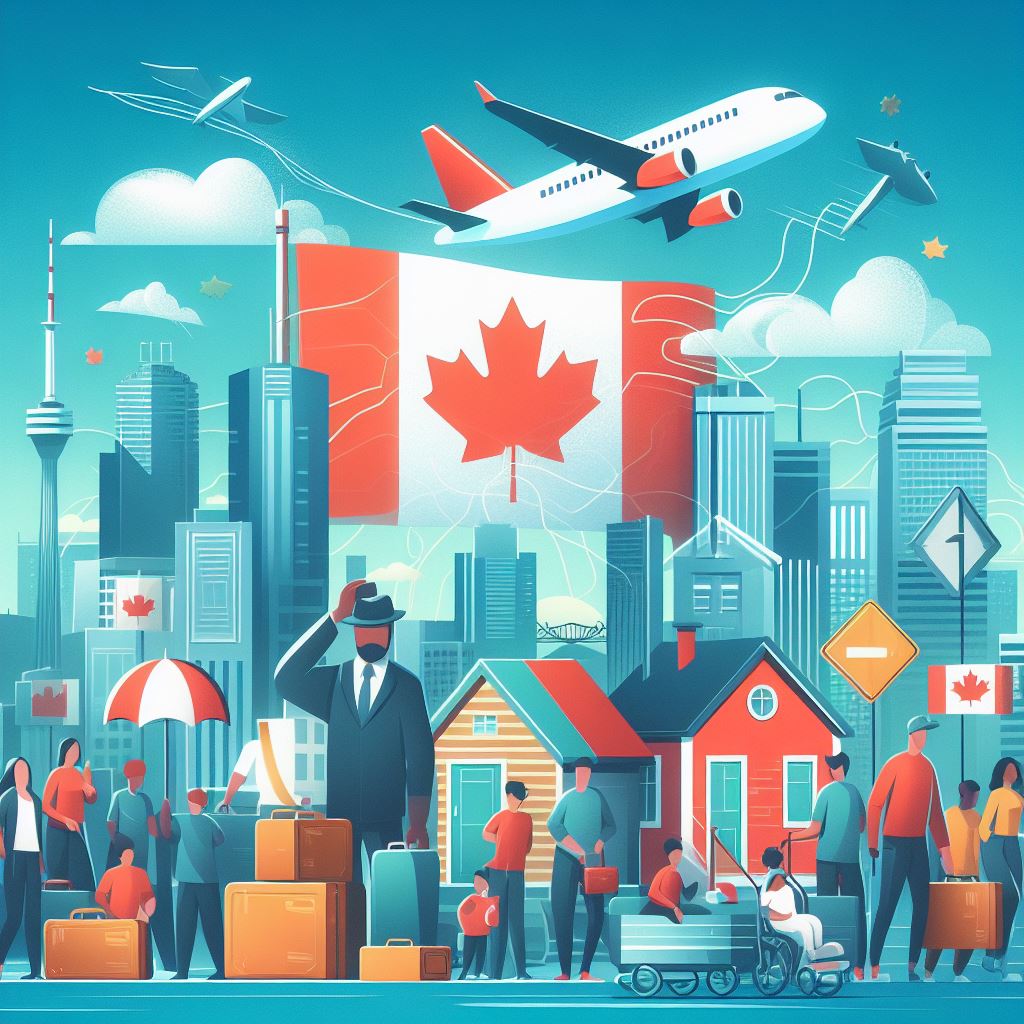
Canada’s immigration landscape is shifting. A recent Conference Board of Canada (CoBC) study reveals a fascinating trend: newcomers are increasingly settling outside of major urban centers.
Shifting Tides: Immigration Beyond the Big City Lights
The study, analyzing data from 2016 to 2021, highlights a rise in immigrant populations surrounding metropolitan areas. Quebec leads the pack, with the highest number of newcomers choosing the “rings” around Montreal, Laval, and Longueuil. The Greater Toronto Area (GTA) shows a similar trend, with suburbs attracting a significant share of immigrants.
Read more :
Find Your Perfect Job Faster: Top 10 Employment Agencies In Ontario
However, the data gets even more interesting when we look beyond the core regions. Areas outside York (north of Toronto) and Peel (west of Toronto) have immigrant populations hovering around 8%. But venture further out, and the numbers jump considerably, ranging from 19% to 30%. Simcoe County in Ontario, for example, witnessed a remarkable 33.58% increase in immigrants between 2016 and 2021.
The Temporary Resident Surge: A Driving Force
The CoBC report attributes a significant portion of this rural rise to the recent surge in temporary residents – those in Canada on study permits, work permits, or visitor visas. This aligns perfectly with Statistics Canada data showing a staggering 804,901 temporary residents transitioning to permanent residency in 2023 – nearly double the 471,551 permanent residents Canada welcomed directly.
The report further emphasizes a more than doubling of temporary resident populations in many regions between 2016 and 2021, with some witnessing a mind-blowing 1000% increase! Quebec’s rural areas again topped the charts, with some communities experiencing a staggering 1520% growth.
Work Permits vs. Student Visas: A Tale of Two Demographics
The report also sheds light on a crucial detail: the composition of temporary residents settling in rural areas. These individuals (and often their families) are more likely to be on work permits. In contrast, urban centers tend to attract a mix of international students and temporary foreign workers.
This trend translates to rapid population growth and demographic shifts in non-urban centers. For instance, Prince Edward Island witnessed a notable influx of female temporary residents between 2016 and 2021. This translates to a growing need for services tailored to women, such as settlement support or healthcare. While demographic changes will vary across provinces, the challenge of addressing these needs remains constant.
Navigating Concerns and a Changing Landscape
Canada’s booming population isn’t without its concerns. Public opinion polls conducted late last year indicated a decline in support for high immigration levels since 2022. Rising housing costs and pressure on healthcare systems are major points of anxiety.
In an effort to address these concerns, Immigration Minister Marc Miller announced significant changes on March 19, 2024. Notably, temporary resident levels will be included in the forthcoming Immigration Levels Plan, which sets targets for permanent resident intake. Additionally, the Minister announced a focus on “domestic draws” for permanent residency, potentially giving an edge to temporary residents already residing and working in Canada. This could be through Express Entry or Provincial Nominee Programs.
Furthermore, IRCC established a cap on international student permits in January 2024. This aims to stabilize the influx of students and ensure they receive adequate support during their studies.
Canada’s immigration strategy is evolving. With a growing number of newcomers choosing smaller towns and cities, the focus is shifting towards responsible management of temporary residents and smoother pathways to permanent residency for those already contributing to the country.
